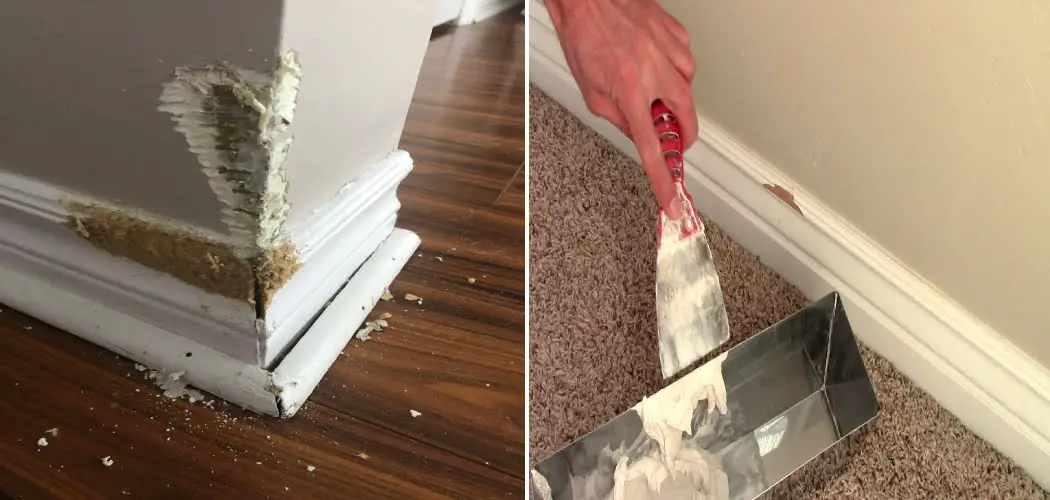If you have baseboards in your home, you know that they can quickly become damaged. If you’re a parent or have children or pets, your baseboards will probably become damaged because of them from time to time. While this is a minor tiny misstep, it could mean more issues. In this article, we will have a discussion about how to fix chewed baseboards.
If your baseboards are damaged, it means that your walls are too. To fix this, you must repair your baseboards. Fortunately, there are various ways to handle your baseboards.
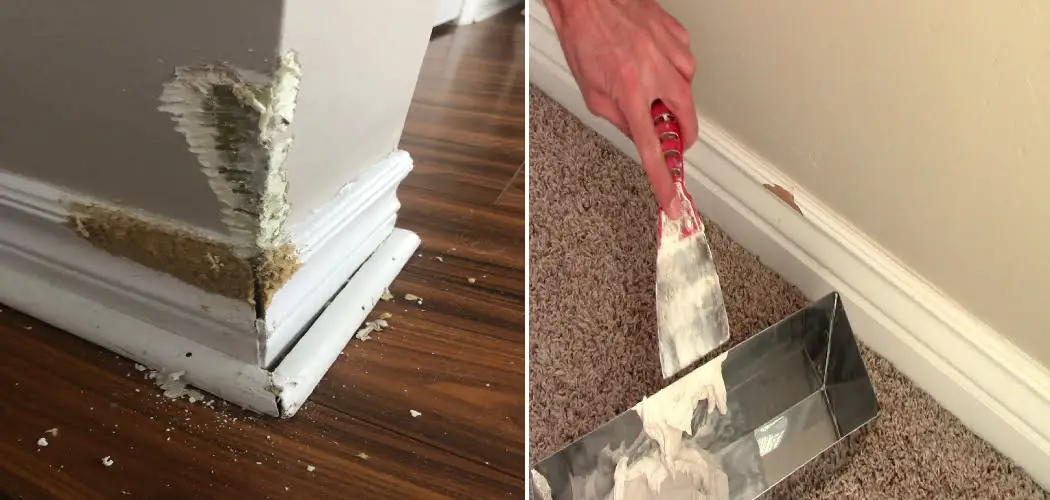
How To Prevent
Baseboards are a common target for dogs and puppies. They provide an interesting texture as well as something to chew. If your dog has started chewing on your baseboards, you can do a few things to stop him. First, determine why your dog is chewing on the baseboards. If he is bored or lonely, provide him with toys or companionship. If he is teething, provide him with something else to chew on.
If these methods are ineffective, you may look into other options, like fixing the baseboard.
Tools and Materials
One of the most common household problems is fixing chewed baseboards. Dogs and cats are often the culprits of this damage, but any animal can do it. The good news is that it’s a relatively easy fix if you have the right tools. Things you need :
- Wood Filler
- Sandpaper
- Brush
- Tape
- Paint
How To Fix Chewed Baseboards
If your baseboards are chewed up, don’t worry. You can fix them yourself using some simple tools and supplies. This article will show you some simple steps to improve your chewed Baseboards.
Determine The Damage Amount
Baseboard damage is a common issue in many homes, and it can range from small nicks and scrapes to completely torn-up boards. In most cases, the damage is minor and can be fixed with a little caulk or wood filler. However, if a pet or child has severely chewed up the baseboard, the damage will likely need to be repaired or replaced. So Before starting the process, you need to determine first.
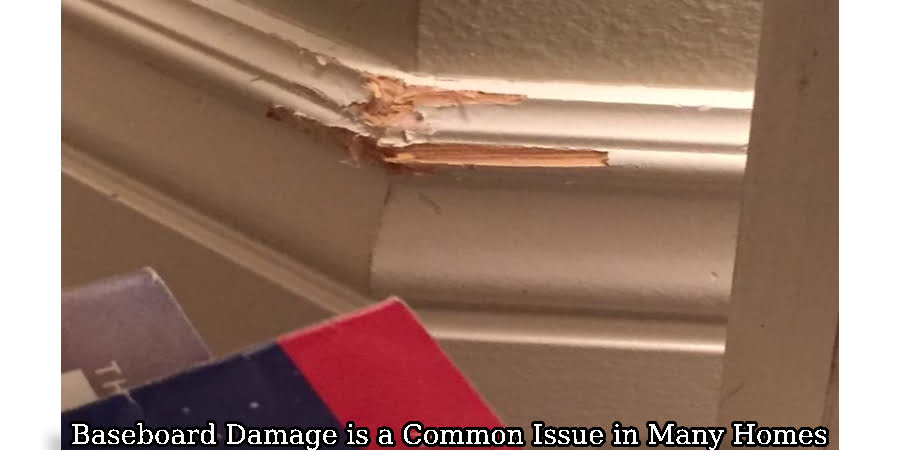
Sand The Baseboard
You may want to sand down the damaged area after completing a thorough assessment of the extent of the injury. This will provide a clean surface for applying the patching compound. If you have not done so, apply some caulk around the damaged area to keep dirt and debris from getting into it.
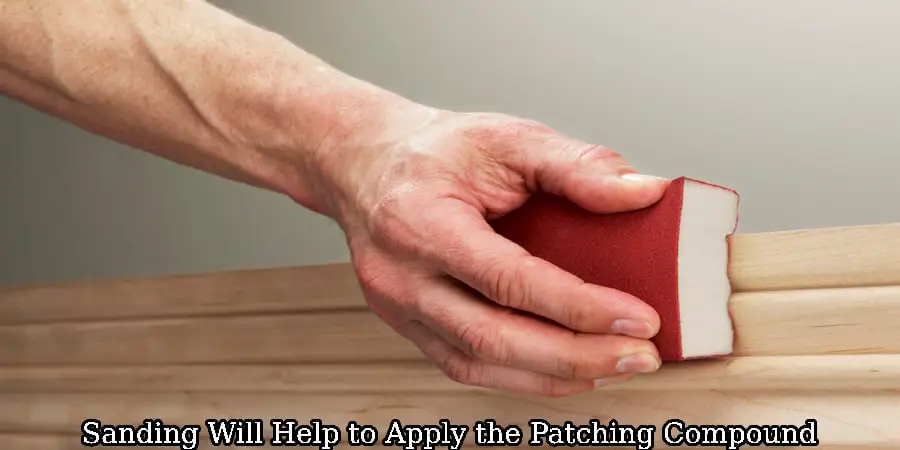
Apply Wood Filler
If the damage is minor and can be repaired with wood filler, you can apply a small amount of wood filler to the damaged area to fill in the gaps. You can use your hand or a putty knife to apply filler to the damaged area. You can also use a paintbrush to apply small amounts of wood filler to the damaged area.

Let The Wood Filler Dry
It would be best to ensure that the wood filler is completely dry before you paint over it, or else it will peel off.
Sand The Wood Filler Down
To get a smooth finish, you must sand the filler down with fine-grit sandpaper. You can also use your hand sander to sand the wood filler down. You will need to sand the wood filler down until you can’t see any flaws.
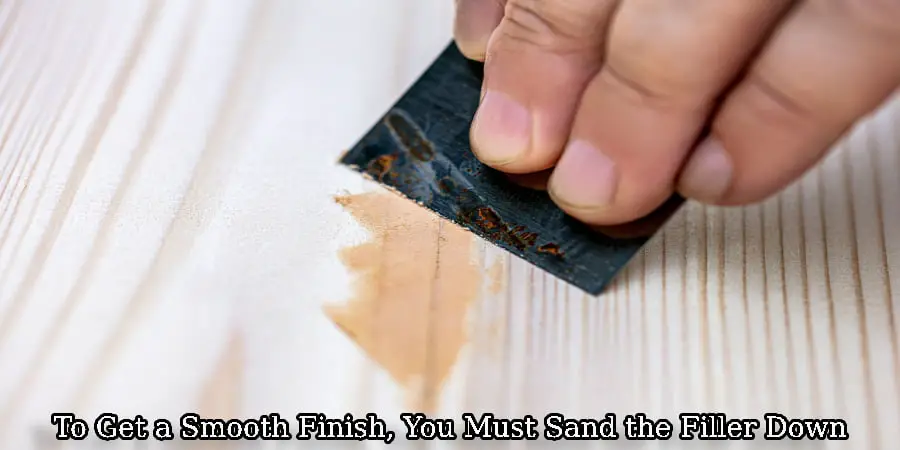
Repair The Wood Filler With Wood Filler Putty
You can also repair the wood filler with wood filler putty if you want to do it instead of sanding it down. Wood filler putty is a liquid you mix with water and then apply as glue.
Paint Over The Wood Filler
After the filler is completely dry, then you can paint over it. Before starting to paint, you need to tape off the outer area where you don’t want to paint.
Paint over the wood filler will give your project a smooth finish.
How To Replace Chewed Baseboards
The baseboard will be chewed up by your pet most of the time. If you are lucky, you might have only a few bites. If your baseboard is chewed up, you will need to replace it. It is not hard to do. You can buy a new baseboard and screw it into the wall. However, there is another solution that will give you a perfect look.
1. Remove the old damaged baseboard and trim it with a utility knife.
2. Tape off the area where you will put the new piece of baseboard.
3. Place a small piece of plastic on the floor that is large enough to cover the hole and trim it down so it will fit into the hole.
4. Cut the new baseboard to size and manually insert it into the opening.
5. Insert the new baseboard into position behind the hole and screw it in with a screwdriver.
6. Use a spackling knife to cover up the edges of the baseboard so it will look perfect.
7. Apply a small amount of glue or putty to the edge of the baseboard and press it into place.
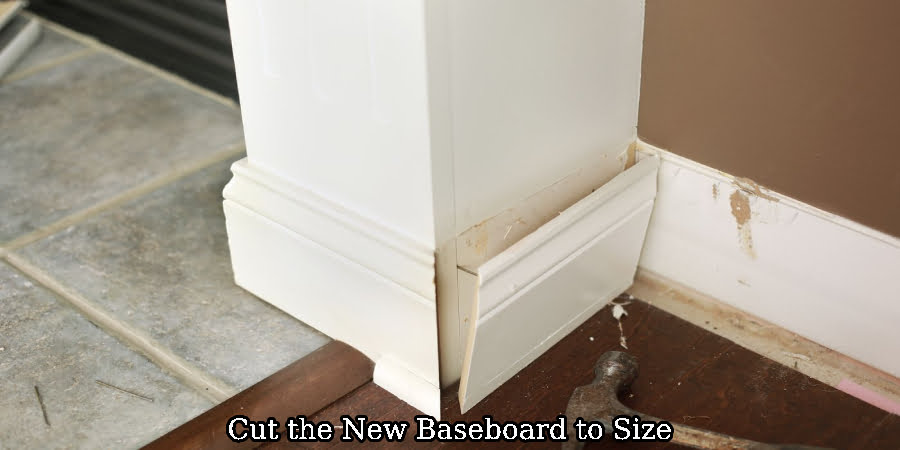
Tips
Use wood filler putty if you need to repair damaged wood in your project. Wood filler is an effective way to restore any damaged or cracked wood. It’s easy to use and can be made from almost anything. Wood filler adds a clean texture and will increase the durability of your wood.
Conclusion
In conclusion, one must first determine the reason before repairing a damaged baseboard. One may need to train the pet not to chew on the baseboard if it is a pet. One may need to provide more appropriate chew toys if it is a child. One may need to use a pest control product if it’s a pest. Once the cause is identified, the appropriate fix can be implemented.
Frequently Asked Related Questions
Does Vinegar Stop Dogs From Chewing?
It is generally believed that vinegar can be used as a deterrent to stop dogs from chewing on things. There is some scientific evidence to support this, as acetic acid, the main component of vinegar, is known to be quite unpleasant to taste and smell. However, it is worth noting that not all dogs are repelled by vinegar, so it may not work for every dog.
Should I Remove Baseboards Before Painting?
It is typically recommended to remove baseboards before painting in order to avoid getting paint on them. However, there are some cases where leaving the baseboards in place is preferable, such as if they are in bad condition or if the new paint color is very similar to the old color. If you decide to remove the baseboards, be sure to measure them so that you can put them back in the same place when you are finished painting.
How Do You Resurface Baseboards?
There are a few ways to resurface baseboards, but the most common is to replace them. Another method is to build a wood filler to fill any holes or cracks, then sand, paint, and restore the baseboard to match the wall. Another option is to use a trim adhesive to adhere to new baseboards directly over the old ones.
How Do You Update Baseboards?
To update baseboards, one must first assess what kind of baseboard one has. There are many different types of baseboards- from the traditional wooden baseboard to the more modern and sleek aluminum baseboard. Once the type of baseboard is identified, one can determine the best way to update it.
If the baseboard is made of a material that can be painted, then it is likely that a fresh coat of paint will do the trick.
Is Replacing Baseboards Expensive?
Baseboard replacement can be a relatively inexpensive project, depending on the materials chosen and the size of the area being replaced. If old baseboards are not in good condition and need to be replaced anyway, new baseboards may only cost a few dollars per linear foot. If a more decorative style is desired or if the existing baseboards are not installed properly, the cost of materials may increase. In any case, labor costs for this type of project are typically low.
Should I Nail or Glue Baseboards?
Consider whether it’s preferable to nail or glue baseboards so that you can properly differentiate them from each other. The first is the type of baseboard you are using. If you are using a wooden baseboard, it is best to nail it in place. If you are using a plastic or vinyl baseboard, it is best to glue it in place. Next, you have to consider the condition of the wall. If the wall is in good condition, it is best to nail the baseboard in place.
What Taste Do Dogs Hate to Stop Chewing?
Many theories suggest why dogs may find the taste of bitter foods distasteful. One theory is that bitterness evolved as a natural defense against poisonous plants. Dogs may have learned to avoid bitter foods because they can make them sick. Another possibility is that bitter tastes are unpleasant to dogs, and they associate them with negative experiences, such as being punished for chewing on inappropriate items.

